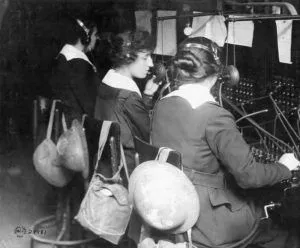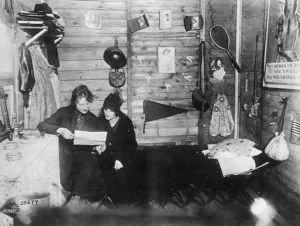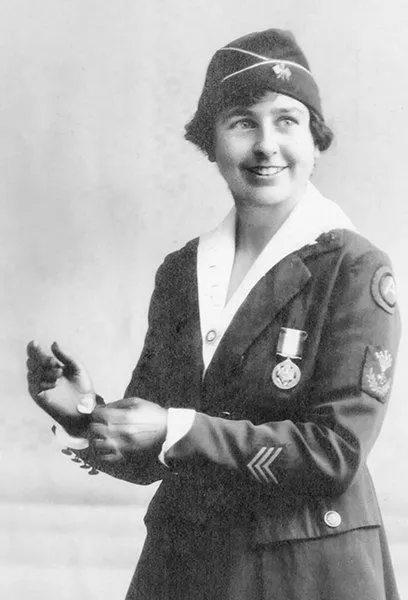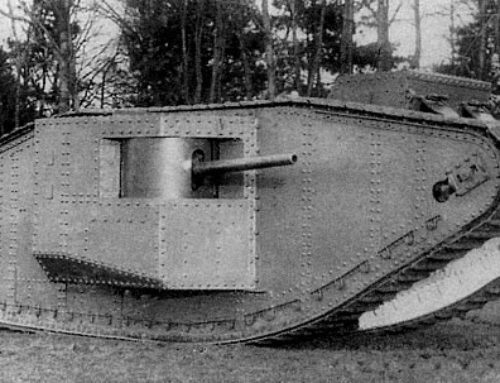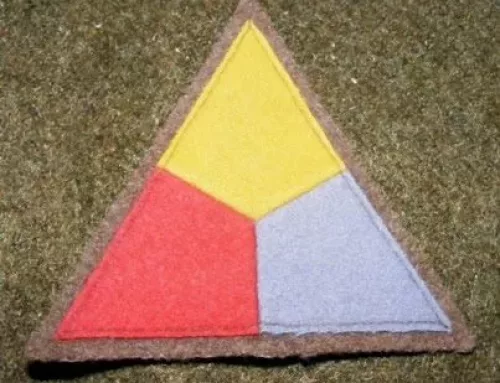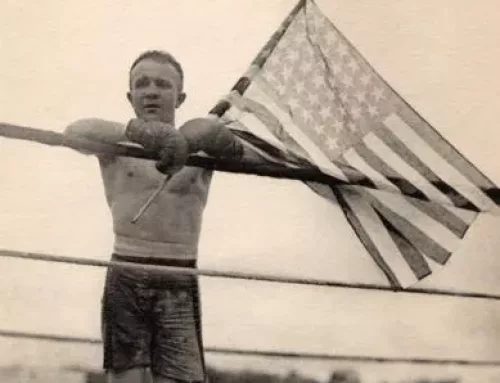Hello Girls
Formally known as the Signal Corps Female Telephone Operators Unit, “Hello Girls” was the nickname for American female switchboard operations during World War I. These operators were officially sworn into the United States Army Signal Corps.
The Signal Corps were formed in 1917 after a call from General John J. Pershing to improve the declining state of communications on the Western Front. To ensure the orders could be heard and understood by anyone, applicants had to be bilingual in English and French. Over 7,000 women applied but only 450 were accepted, many of them former employees at telecommunications companies or switchboard operators. These women completed their first training at what is now part of Fort Meade in Maryland.
The term “hello girls” did not originate with the signaling corps, however. The term was first coined for female telephone switchboard operators in the United States because these women would often greet callers with “hello” when they rang the switchboard.
After their training, the first operators left for Europe in March 1918 under the leadership of Chief Operator Grace Banker. The women from this unit were soon operating telephones for exchanges for the American Expeditionary Forces in Paris, Chaumont, and seventy-five other French locations along with British locations in Winchester, London, and Southampton.
While they wore U.S. Army uniforms and were subject to Army Regulations, the “Hello Girls” were considered civilians employed by the military and not given honorable discharges at the end of the war because the Army specified the male gender. It wasn’t until the 60th anniversary of the end of World War I in 1978 that Congress would approve Veteran Status and honorable discharges for the remaining “Hello Girls.” Today, the uniform of Hello Girl Louise Ruffle is on display in the U.S. Army Signal Museum.

